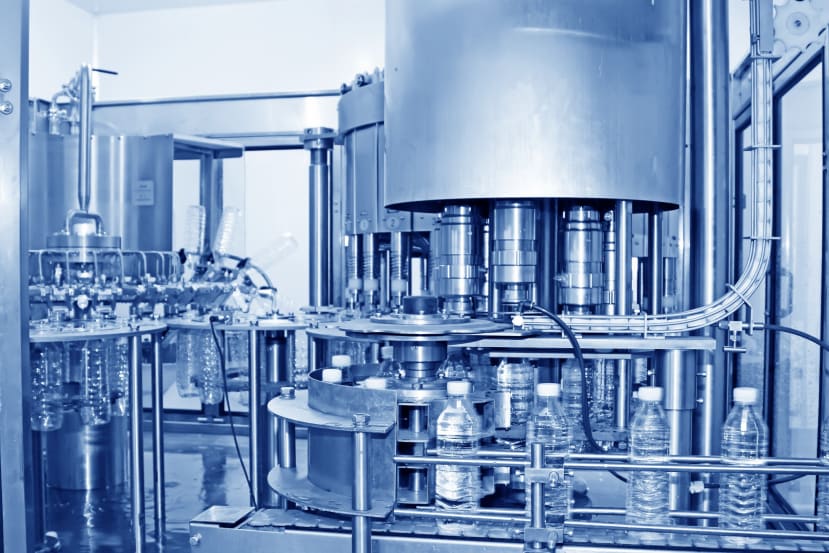Acoustic Imaging Enhances Consumer Safety in Food and Beverage
Follow articleHow do you feel about this article? Help us to provide better content for you.
Thank you! Your feedback has been received.
There was a problem submitting your feedback, please try again later.
What do you think of this article?
Providing substantial advantages to the food and beverage sector, acoustic cameras excel at swiftly identifying hidden compressed air leaks. This results in time, energy, and cost savings, and guarantees product quality, regulatory adherence, and operational dependability.
Compressed air serves as a vital utility across food and beverage operations, powering key tasks such as product conveyance, pneumatic tool operation, liquid pumping, packaging, and cleaning. Air leaks can disrupt these processes and cause severe repercussions, which makes early-stage leak detection essential for protecting product quality and safety, as well as ensuring compliance with strict industry regulations. Identifying and addressing hidden air leaks in time will also improve operational efficiency and prevent additional costs caused by unplanned downtime.
Key Challenges in Leak Detection for the Food and Beverage Industry
While detecting air leaks in food and beverage production is crucial, implementing an effective predictive maintenance regime is not a simple task and requires taking several industry-specific challenges into account. The food and beverage industry is subject to strict, yet constantly evolving regulations and standards to ensure product safety and quality. Therefore the leak detection tool needs to be highly sensitive to be able to detect even the smallest leaks to prevent contamination or spoilage. The atmosphere within a manufacturing facility may carry tiny particles and impurities detrimental to food and beverage products. Vacuum leaks have the potential to introduce these impurities into the goods, resulting in spoilage, quality concerns, and potential health hazards for consumers, making early detection critical.
Air leaks in compressed systems can also diminish efficiency and lead to elevated operational expenses. Compressed air setups are energy-intensive, necessitating substantial electricity consumption. In instances of system leakage, the compressed air pressure decreases, compelling the system to exert greater effort in sustaining the mandated pressure. As 24/7 operations are not uncommon in food and beverage production, this could consequently increase energy usage and raise operational expenditures significantly. Implementing cost-effective air leak detection regimes is especially challenging for small and medium-sized food and beverage companies, making features like fast inspection rounds, effortless use, and easy integration into existing processes top priorities.
Checking All the Boxes with Acoustic Imaging
Acoustic imaging is a technology that is able to meet the long list of demands and offer several significant advantages for businesses in the food and beverage industry. An acoustic camera's (261-4442) ability to rapidly scan large areas and accurately pinpoint critical issues, even in noisy environments and from a distance, is particularly noteworthy. It saves valuable time, conserves energy, and reduces costs by promptly identifying concealed compressed air leaks. Furthermore, using an acoustic camera helps ensure product quality and compliance with regulations by allowing for inspections to be conducted non-disruptively, and enhances operational reliability and efficiency by preventing unexpected downtime through early detection of air, gas, and vacuum leaks.
One of the most remarkable features of an acoustic camera is its user-friendliness, meaning it requires minimal training and is safe to operate using only one hand, even in robust industrial environments and amidst heavy machinery. The device is also easily integrated into the maintenance cycle at any stage. Moreover, thanks to the built-in machine-learning-driven analytics, an acoustic camera provides real-time results and facilitates informed decision-making for maintenance and repair plans.
Find out more about acoustic cameras (261-44420).


Comments